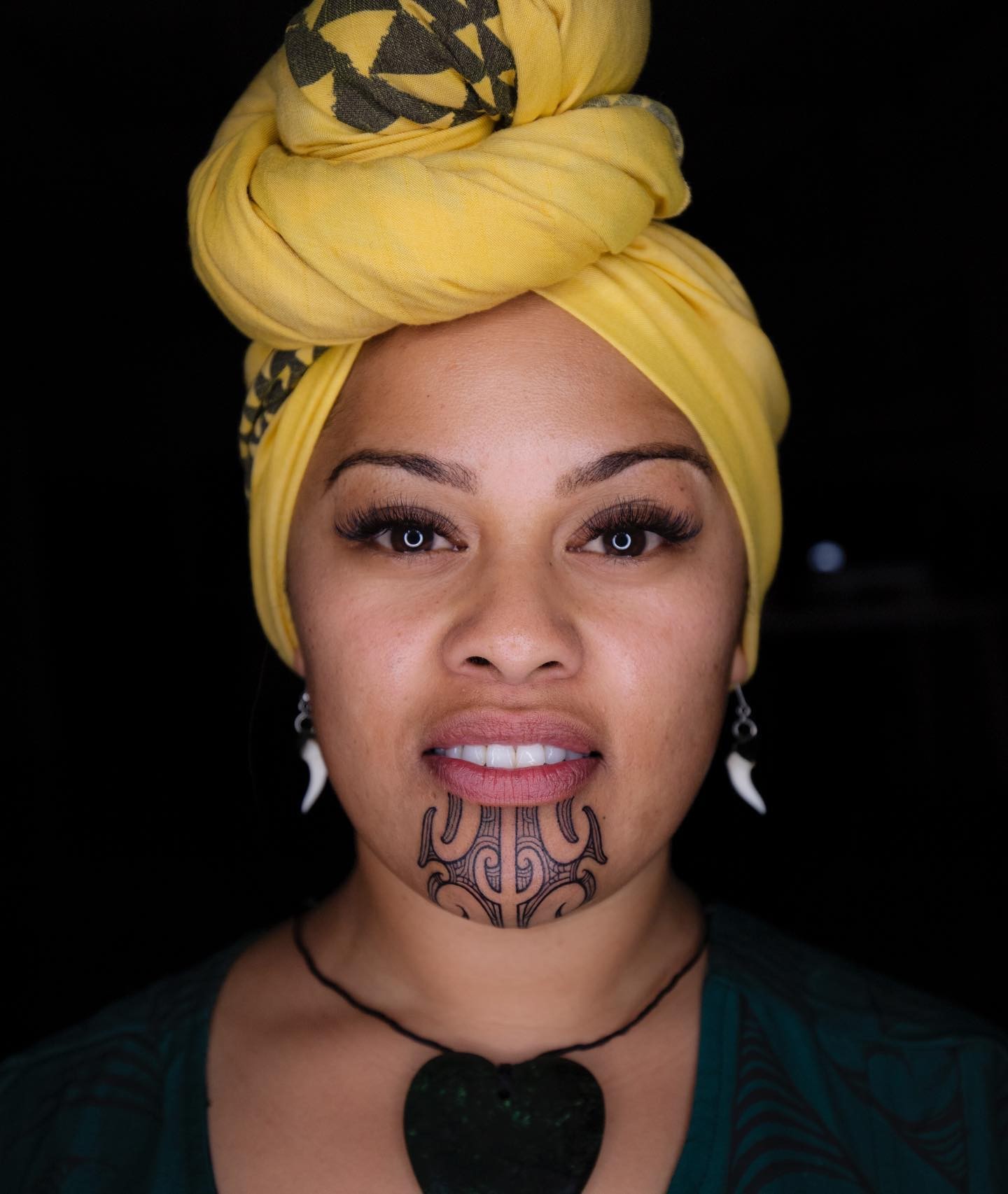Homage To Moko Kauae
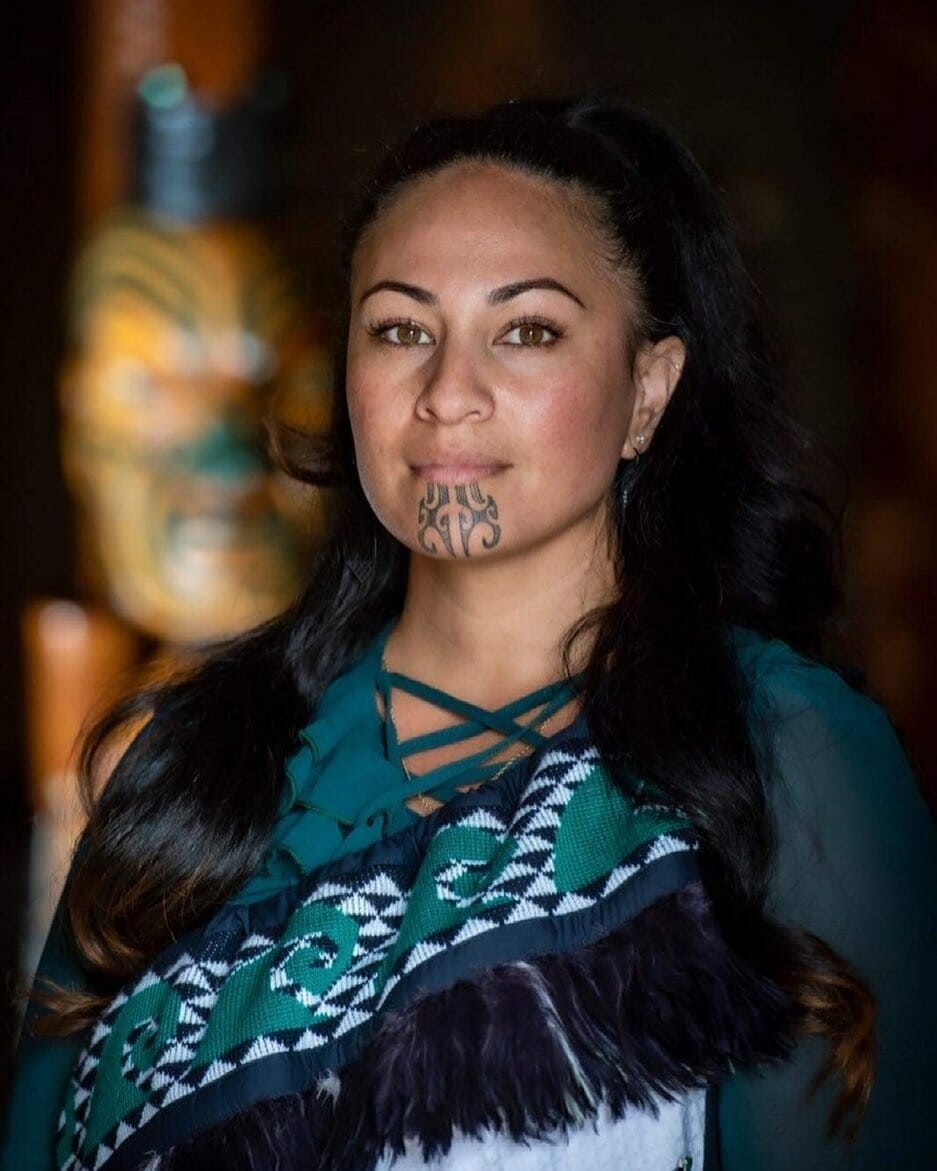
In the 19th century, the Māori culture began to lose its relevance following New Zealand’s colonisation. Prior to this, intricate tattoos were created by carving grooves into the skin using chisels, rather than puncturing the skin with needles like modern tattooing techniques. The pigments used in these ancient designs came from awheto, a type of caterpillar fungus that imparted a dark colour.
Tattoo making was regarded as an art form, and both men and women would travel extensively to showcase their skills. Interestingly, Moko Kauae tattoos were predominantly worn by women, with the distinctive design featuring black ink on the chin. This striking design is often worn with pride, serving as a powerful symbol of the wearer’s cultural heritage.
Warrior Women
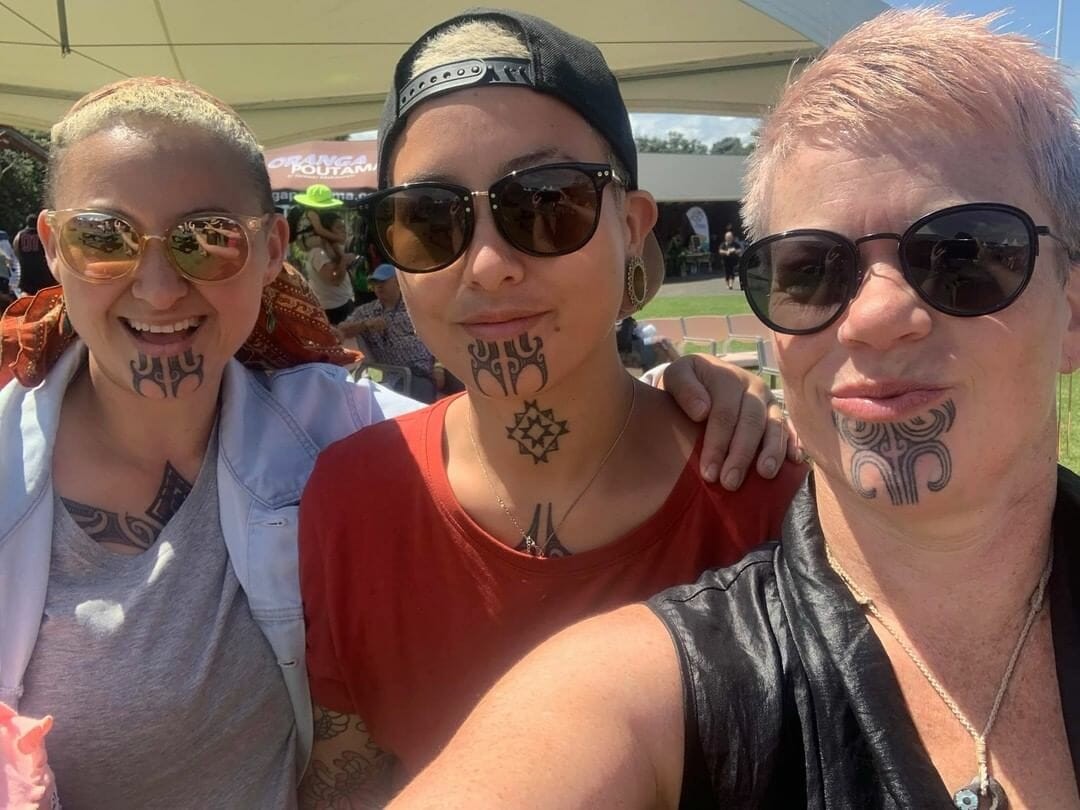
While many cultures traditionally viewed the Moko Kauae tattoo as a symbol of mortality, its true significance lies in marking the beginning of a person’s journey. For women, this tattoo represents the dawn of femininity, the calling to life, and the opportunity to revive a rich cultural heritage and appreciate a beautiful language. As a testament to this cultural revival, numerous women from around the world have chosen to adorn their lips and chins with these distinctive markings.
The accompanying image showcases three unique variations of the traditional Moko Kauae design, created using black ink. This art form can be extended to include the neck and chest, although it is most commonly found on the lips and chin. In modern times, it remains rare to see a woman sporting this tattoo elsewhere on the body.
Spiritual Symbol
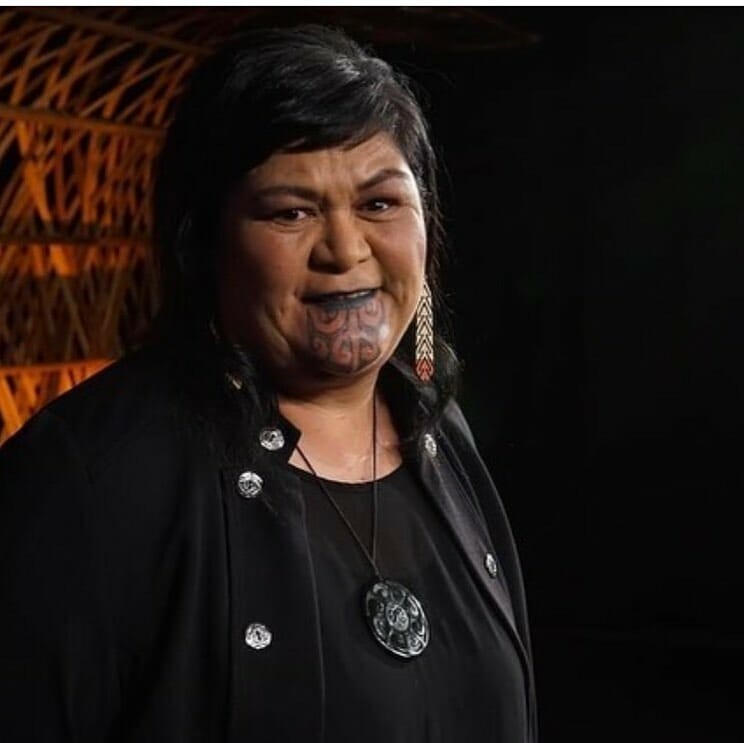
In Māori culture, women receive tattoos that serve as symbols of their tribe or spiritual connection. This cultural practice experienced a resurgence in the 1990s, transcending gender boundaries. The current New Zealand Foreign Minister, Nanaia Mahuta, is a prime example of this tradition. As the first indigenous female to hold the position, she proudly displays her lip and chin tattoos, which represent her Māori heritage.
The black ink design on her lip is complemented by a unique motif on her chin, likely originating from her tribal affiliation. This stunning tattoo not only showcases Mahuta’s cultural identity but also serves as a powerful symbol of expression and representation for Māori and other cultures.
Tā Moko Tattoo
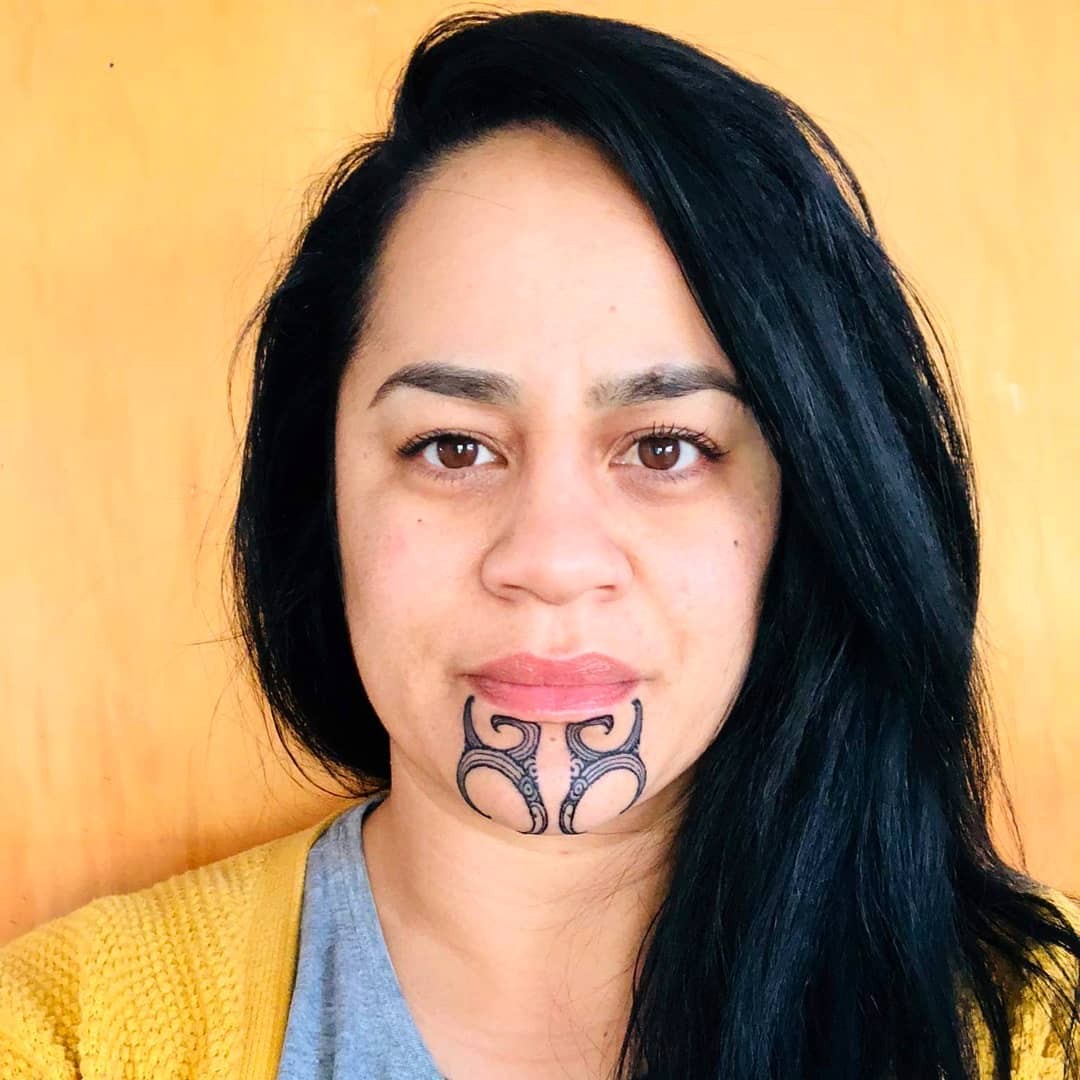
In the rich cultural context of Māoridom, the Whanau stands as a vital political entity, situated between Hapu and Iwi. The term Whanau also holds profound significance, encompassing not only family ties but also the act of giving birth or being born. Furthermore, the term ‘Wahine’ is utilized to describe Māori women, with this label often serving as a rite of passage for these individuals.
The tā moko, a traditional form of tattooing, serves as a powerful symbol of ancestral heritage and cultural identity. This ancient practice has continued to evolve, remaining relevant in contemporary times as individuals begin to claim their true Māori identities. In this context, the tā moko design not only represents the wearer’s tribal affiliations but also their personal story.
The artwork itself is characterized by intricate line work and dot work, with black ink employed to bring the design to life.
Tribute to Māori Women
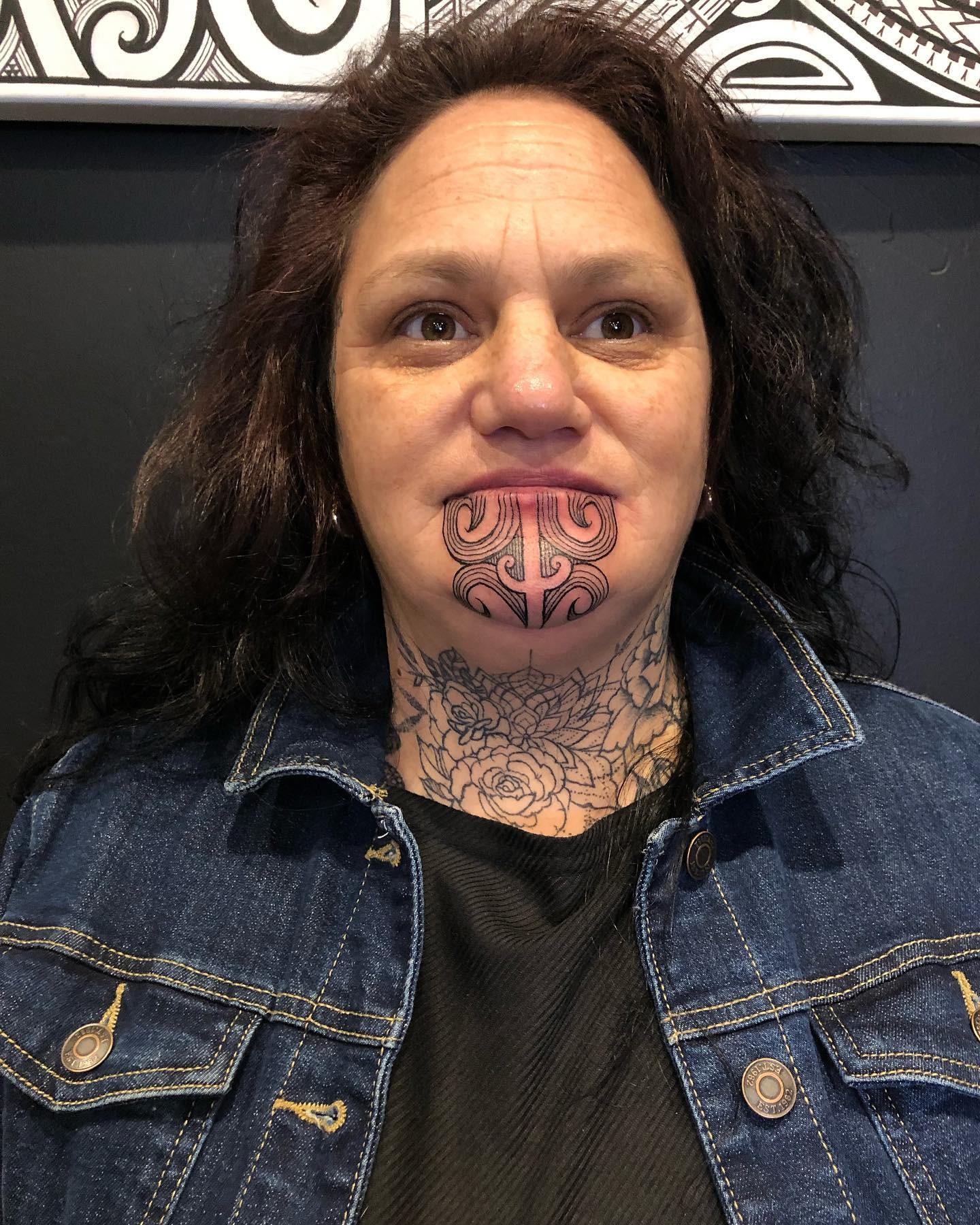
In many indigenous cultures, intricate designs serve as a visual representation of an individual’s tribal identity. These complex tattoos are not only a means to reconnect with one’s ancestors but also a testament to the wearer’s genealogy. By wearing these designs, men and women can honor their heritage and tell stories that have been passed down through generations. Furthermore, this ancient art form plays a significant role in establishing the status of women within their culture.
The tattoos are characterized by fine line work in black ink, echoing the traditional methods used to create these designs with natural pigments. As such, they serve as a powerful symbol of an individual’s history and heritage, offering a tangible link to their ancestors.
Oriini Kaipara Facial Tattoo

In recent news, Oriini Kaipara made history as the first woman to excel in multiple roles: Television broadcasting, journalism, and translation, while proudly sporting a moko kauae on her face. This milestone achievement also marked the first time a person with ta moko has hosted a primetime news show on national television. Her exceptional talents have enabled her to represent Māori women at a national level, much like the New Zealand foreign minister has done for decades.
Oriini’s unique facial artistry features beautifully inked lip and chin tattoos that she proudly showcases on national television, alongside a striking design on the back of her left hand. Her moko kauae is crafted with precision using black ink, serving as a testament to her cultural heritage.
Moko Kauae Chin Tattoo
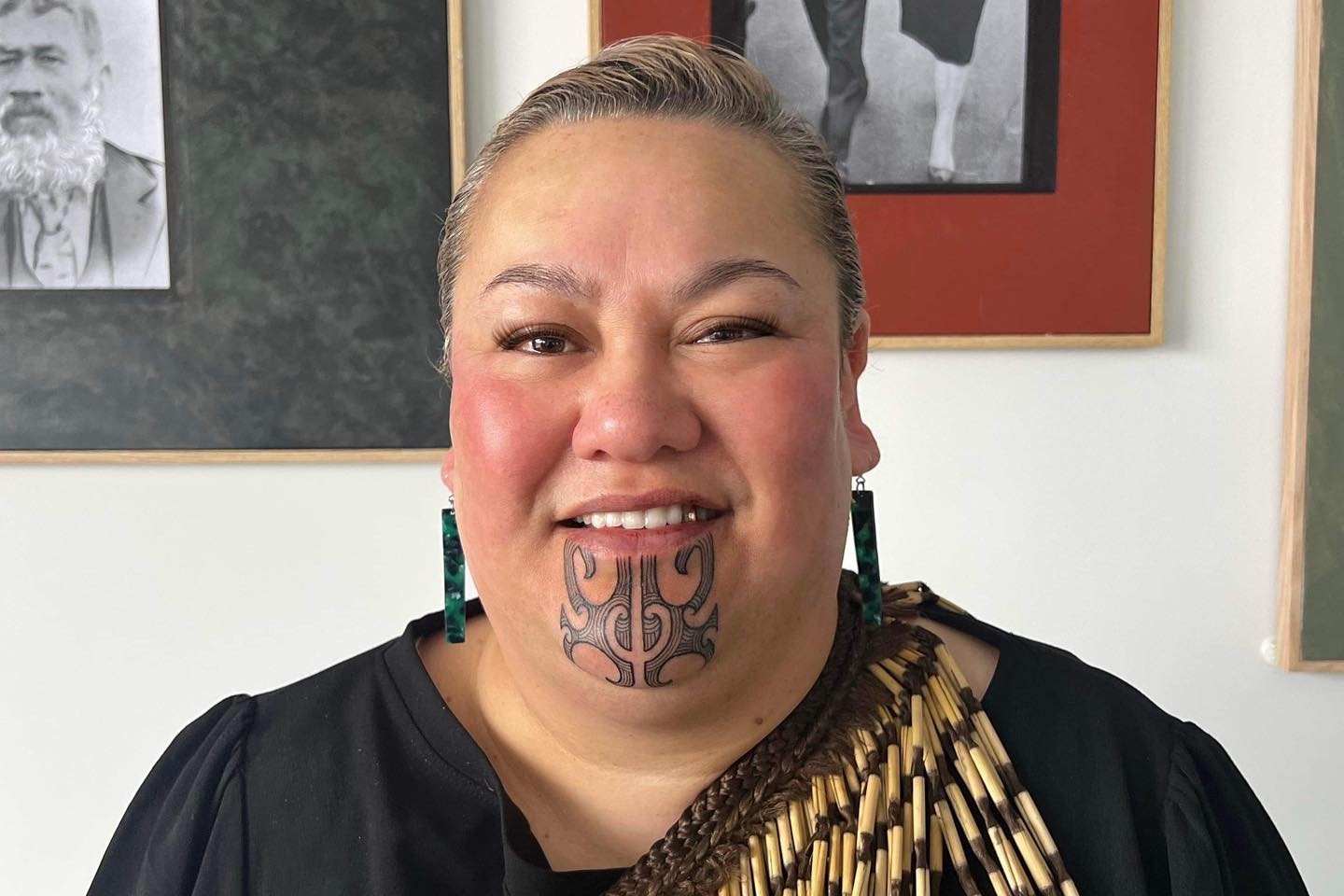
As Māori girls transition into womanhood, they undergo a significant rite of passage: getting face tattoos. This milestone is celebrated with a ritual that marks their entrance into adulthood. Despite being linked to gangs and criminal activity during the colonisation era, modern Māori women have revived this tradition with pride and cultural significance.
The tattoo artist’s design features intricate line work, executed in black ink, creating a stunning piece of art that can be customised according to the wearer’s preferences. The design can be extended down the neck or embellished with additional elements, making it a unique expression of personal identity.
Māori Face Tattoo
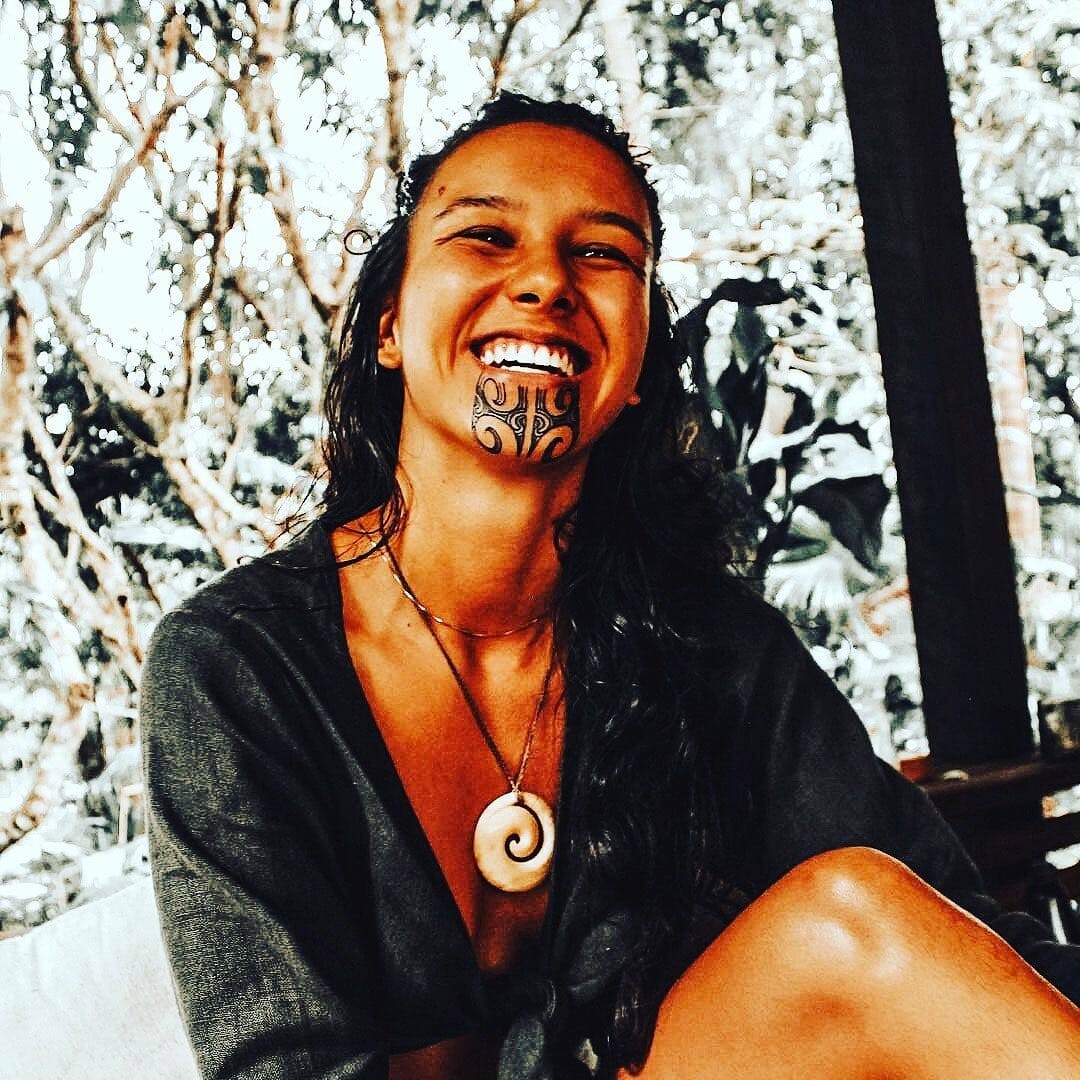
The significance of representing one’s culture and tribe at a national level is a badge of pride for many. Each tattoo serves as a personal narrative, often tied to an individual’s cultural heritage or ancestral roots. This design, rendered in black ink with intricate line work on the chin, not only reflects the wearer’s beliefs but also amplifies their physical beauty. It is a stunning tribute to the Māori women who embody elegance and strength.
Maori Chin And Neck Tattoo
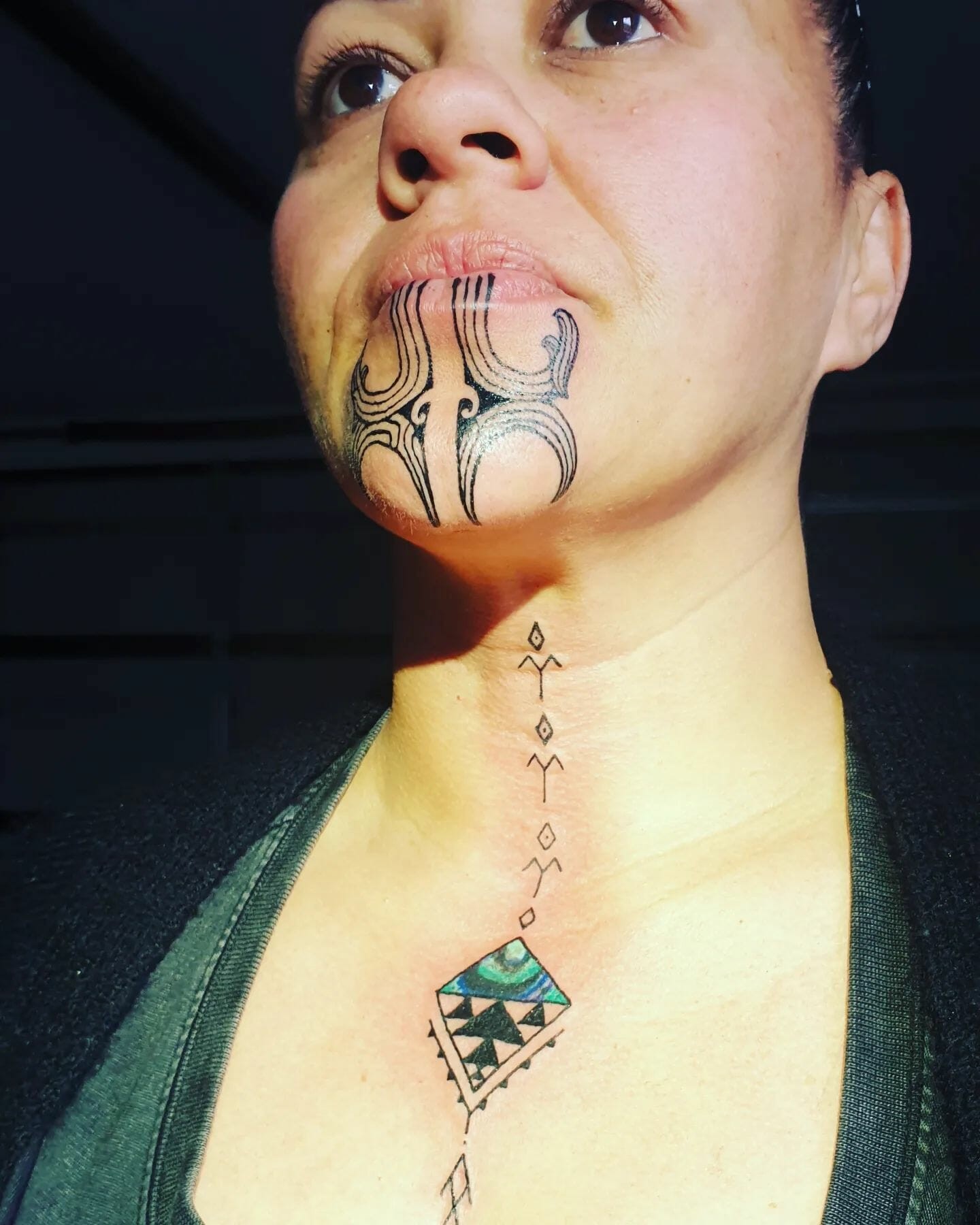
The intricate Māori tattoo on the individual’s neck is a testament to their rich cultural heritage and personal story. The bold line work and striking black and blue ink colors bring this design to life, making it a meaningful representation of their identity. As a significant part of Māori culture, these tattoos hold great significance for Maori women in particular, serving as a connection to their ancestors and community.
For those considering such a commitment, the option to start with a temporary tattoo and convert it later provides a risk-free opportunity to explore this cultural expression. Whether you’re a proud Māori woman or simply drawn to this unique art form, there’s no shortage of inspiration in designs like Moko Kauae Face Tattoo, Sukuna Tattoo, Traditional Taonga Tattoo, Traditional Māori Tattoos, and Oriini Kaipara Facial Moko – all of which await discovery.
What is the meaning of a moko kauae tattoo?
In traditional Māori culture, facial tattooing for women was an esteemed practice known as moko kauae. This intricate art form involves carving interlocking shapes, patterns and lines into the face using chisels or other tools. Each design is steeped in spiritual, cultural and tribal significance, conveying messages about protection, ancestry and status. The moko kauae is believed to amplify the wearer’s natural beauty, serving as a powerful symbol of strength and identity.
As a testament to their cultural heritage and individuality, many modern Māori women opt for moko kauae tattoos, embracing their unique place within their community.
Where did the tradition of moko kauae originate?
In ancient Māori culture, the tradition of moko kauae was deeply rooted. The intricate designs and symbolism behind each tattoo were meticulously passed down through generations, with each unique pattern holding a distinct meaning. Beyond being a form of body art, moko kauae played a significant role in marking a young woman’s transition to adulthood within her tribal community.
This cultural practice has experienced a remarkable resurgence in recent years, as many Māori women choose to adorn themselves with these sacred tattoos as a way to celebrate and pay tribute to their rich cultural heritage.
How much does a moko kauae tattoo cost?
The cost of a Moko Kauae tattoo can fluctuate significantly depending on the intricacy and scope of the design, as well as the artist’s level of expertise. Typically, traditional Moko Kauae tattoos fall within a range of $100 to $500 or more. Some artists may also offer special discounts for larger pieces or significant events, potentially bringing the cost down.
